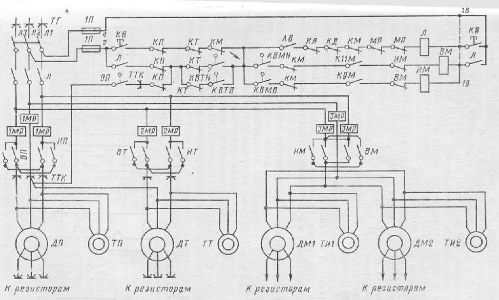Categories: Novice electricians, Industrial electrician
Number of views: 12446
Comments on the article: 0
Limit switches - design features and examples of use
In most automation circuits and control circuits, limit switches are used - this is an apparatus for switching an electric circuit through the action of an actuator on it. They are sometimes called limit switches. They are used in automatic electric drive devices, burglar alarm systems and other devices. We will consider a typical application in this article, we will begin from simple to complex.

Massive use of limit switches in cars
I decided to start the article with what most ordinary people saw. If few people work with lathes, elevators and hoisting cranes, then everyone faced cars.
The first thing that comes to mind is the limit switch, signaling an open door. In classic domestic cars, it was used to turn on interior lighting (ceiling lamp). In cars of the VAZ Samara or Lada family, the limit switch is located in the door pillar and breaks the chain of the lampshade.

One of the contacts is connected to ground (negative terminal), the second wire is connected from the lamp. The circuit looks like this: plus the battery through the fuse it connects to the lamp, the second lamp contact goes to the limit switch.

When the door is open, the contacts of the switch are closed, the light is on, the end part of the closed door adjacent to the rack presses the push rod of the limit switch, the contacts open and the light goes out.
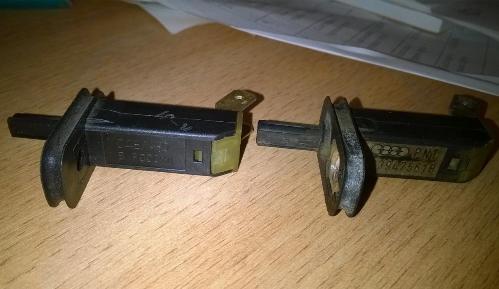
In UAZ Patriot family cars, the trailer has a different design. Its findings are isolated from the mass and open the plus circuit. In modern foreign cars, more tasks are assigned to the door limiter, for example, prohibiting the inclusion of the "Drive" position of an automatic transmission. It can be located not in the door rack, but in the door itself behind the door card, combined with the lock drive.
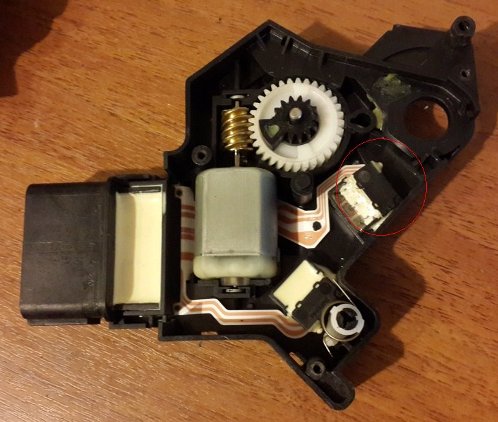
Another circuit that is controlled in the same way is the brake light circuit. In both cars and motorcycles, the lever or brake pedal acts on the limit switch, after which the second spiral of the taillight lamp is ignited.
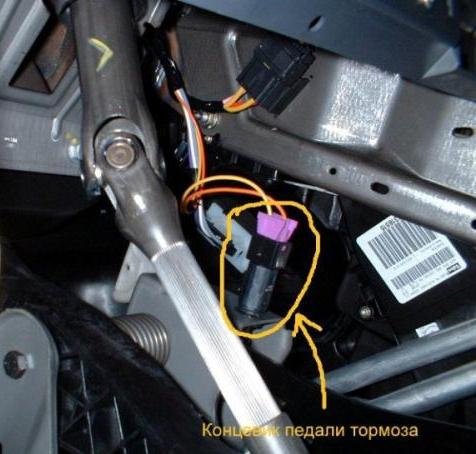
In addition, they are found in the control circuits of the central lock (in the housing of the lock solenoid drive, which is usually installed in the driver's door or both front doors), a lamp for lighting the engine compartment and luggage compartment ...
Use to control an automated electric drive
This is the widest range of applications for limit switches. They are introduced to avoid jamming of the drive and damage to gearboxes and the like, this is necessary to avoid emergency situations, consider examples.
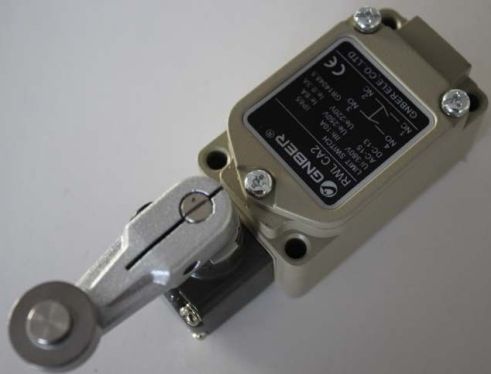
In principle, there are two main uses. First: limit switch normally closed contacts on to the coil circuit of a contactor or magnetic starter. When triggered, the coil is de-energized, the starter opens, turning off the engine.
Second: there are several limit switches, first the one that gives a signal to slow down the engine is triggered, whether it is switching the windings of a multi-speed motor, introducing the ballast of DC machines, or to the frequency drive control circuit, and then a switch is triggered, which gives a signal to completely turn off the engine.
In lathes, they are used to stop the drive moving the tool. In the elevator, with their help, the chain of elevation to the desired floor is turned on, when it is activated, the elevator stops. And in crane mechanisms to stop the load lifting mechanism, move the cab and beam.
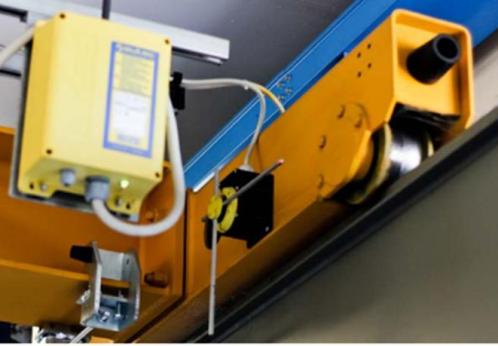
On beam cranes, jib cranes and bridge cranes, if the engine does not stop, the beam will crash into the wall and / or move off the rail.To do this, limit switches are installed on both sides in the direction of longitudinal movement (forward and backward), and restrictive rods (ordinary metal corners, pipes, etc.) are installed on the walls or extreme points of the rail.
When approaching the end of the rails, the lever or pusher of the directional switch collides with the rod and the coil circuit of the contactor responsible for movement in this direction opens (connected via a normally-closed pair of contacts) the crane stops. In this case, the engine starting circuit in the reverse direction is closed and can be switched on from the control panel.
If you try to turn on the movement in the same direction again, the contactor will not turn on, since the coil circuit is open by the limit switch.
A common malfunction is not a contact problem, as it might seem, but a mechanical jamming of the lever when it does not return to its normal position. In industrial shops there are many harmful factors such as dust, humidity and others. In the case of contact burning, movement to one side will not be possible until the fault is eliminated.
The same switches are also used in load limiting schemes. Here it is depicted in the picture.
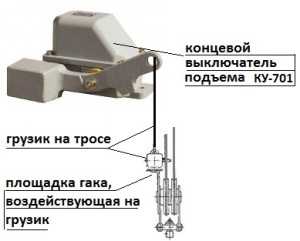
In principle, a similar scheme is used in control systems for elevators, lathes and more.
The device of industrial limit switches
Depending on the kind of mechanisms and conditions under which the trip switch can operate, the housing can be explosion-proof or have moisture protection. When switching contacts, arcing or small arcs may occur. The current switched by the limit switch KU-701 reaches 10 amperes.
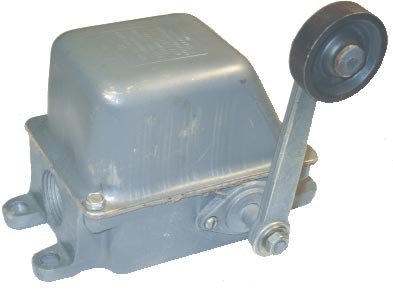
The contacts are driven by a bar or lever, at the end of which a wheel is often located. It is necessary for the correct operation and protection of the mechanism from chips and breakage from hitting the limiter. The rod, in turn, returns to its normal position with a tape spring or another type of spring.
Typically, limit switches have two pairs of contacts:
-
Normally closed;
-
Normally open.
This is necessary to implement various schemes and additional functions and indications.
End contact blocks and their application
The contact block is a device for controlling automated valves. Such valves are installed on the main pipelines of large diameter and remote pipe assemblies of arbitrary diameter.
In its housing it contains a number of microswitches, a gearbox, a camshaft, adjustment devices (tags, etc.). Such a device controls a valve, similar in principle to an elevator. Depending on the degree of opening of the valve, the cam shaft presses the pushrods of the microswitches.
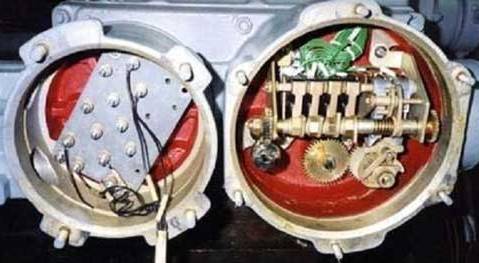
A set of world switches is needed to realize the signaling of extreme positions and control signals (2 pairs per position). The valve shaft can rotate many revolutions.
This is done to reduce the efforts exerted by the engineer in the event of manual shutoff or opening of the valve. The shaft rotates at least by hand, at least by an electric motor through a reduction gear.
In the case of the limit switch block there is also a gearbox, it is needed to transfer rotation to the cam mechanism, thus equalizing the number of revolutions of the valve and the number of revolutions needed to operate a particular microswitch.
At the same time, such blocks are not universal, you need to select the gearbox for a specific valve with its speed at the gear ratios. The main maintenance procedure is the so-called "limit switch exhibition".
They are exhibited by selecting the position of the valve shaft and cam shaft in one of the extreme positions. It is especially important to make sure that the valve does not turn off not in the extreme position, but with a margin, not reaching it. This is necessary so that the engine probably stops and does not break the mechanical part.
Use in alarm devices
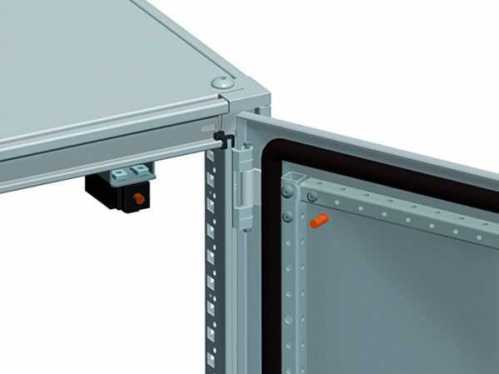
Limit switches can be used as an alarm for an open door, as is done in a car. Such sensors are installed on the doors of rooms, windows, cabinets and drawers for security purposes and for the automatic inclusion of light, for example. At the same time, reed switches are actively used in security complexes - an analogue of the limit switch that responds to magnetic ones.
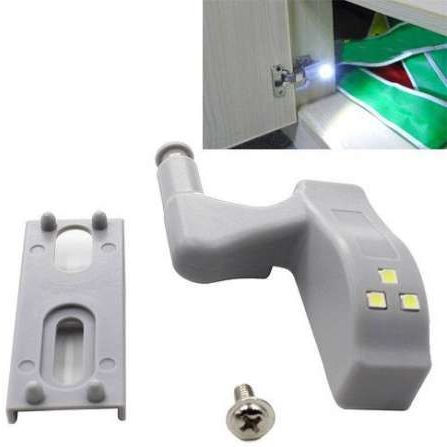
In industrial cranes, terminal cranes stand on the doors of the crane operator’s cabin, hatches for lifting to the upper platform, for example, when servicing control panels and power modules. With the sunroof or door open, the start circuit of the power contactors opens and accidental start is not possible. Below is a diagram of such an installation, in the upper part on the right, the letters KD and KL indicate the end doors and the hatch in the form of normally closed contacts.
Conclusion
Limit switches are used everywhere and it is extremely important for the electrician to understand their device, pin assignment and varieties. It is not always possible to replace a failed limit switch with a similar one, you have to select a similar one, so you need to understand what its contacts are for.
This knowledge will be useful to all people involved in the repair and maintenance of electrical and electronic devices, no matter how strange it sounds, but they are used even in laptops as a cover closure sensor.
See also at bgv.electricianexp.com
:

